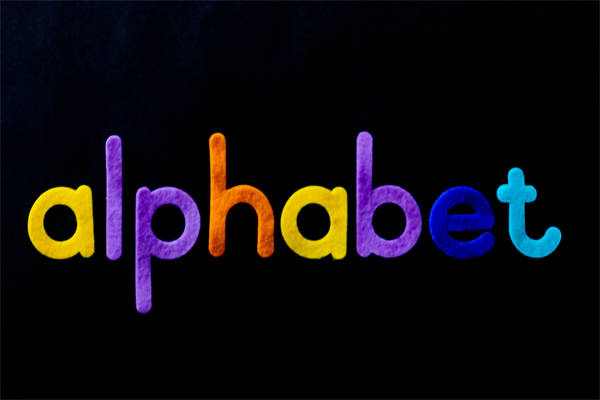What Are the English Words for "Left" and "Right"?
.png)
In the English language, the terms "left" and "right" are commonly used to describe spatial orientation. Here are some common questions and their detailed answers regarding these terms:
What is the difference between "left" and "right" in terms of orientation?
The terms "left" and "right" are used to indicate the position of objects or directions relative to the observer's body. "Left" refers to the side of the body opposite to the right side, typically the side that is closer to the observer's back. Conversely, "right" refers to the side of the body that is closer to the observer's front. In a standard anatomical position, if you stand with your feet together and your arms at your sides, your right hand would be on the side closer to the front of your body, and your left hand would be on the side closer to the back.
How are "left" and "right" used in navigation?
In navigation, "left" and "right" are used to describe directions based on the observer's perspective. For example, if you are driving a car and you want to turn left, you would turn the steering wheel to the left, which is the side of the car that is closer to the observer's back when seated in the driver's seat. Similarly, turning right would involve steering the wheel to the right side of the car. These terms are also used in map reading, where "left" and "right" are often indicated by arrows or lines on the map.
Are there any cultural differences in the use of "left" and "right"?
Yes, there are cultural differences in the use of "left" and "right." In some cultures, such as in the United States, the terms are used predominantly to describe spatial orientation. However, in other cultures, like in some Asian countries, the terms may also be used to denote politeness or hierarchy. For instance, in Japan, "right" (右, migi) is often associated with superiority or importance, while "left" (左, hidari) might be associated with lesser importance or politeness.
Can "left" and "right" be used to describe objects other than those related to the body?
Absolutely. "Left" and "right" can be used to describe the position of objects in relation to each other or to a specific point of reference. For example, if you have a book on the left side of a table and a pen on the right side, you can clearly indicate their positions relative to one another. In architecture and design, "left" and "right" are used to specify the orientation of doors, windows, or other features within a structure.
Are there any specific uses of "left" and "right" in sports?
In sports, "left" and "right" are often used to describe the side of the field or court where a player is positioned or where an action occurs. For instance, in American football, a player might be described as being on the left side of the line of scrimmage. In tennis, a player might be said to be serving from the left or right side of the court. These terms help to clarify the context and position of players and actions within the sport.
How are "left" and "right" used in technology and computing?
In technology and computing, "left" and "right" are used to describe the orientation of devices, interfaces, and elements within software. For example, in computer graphics, "left" and "right" might be used to describe the direction of a cursor or the alignment of elements on a screen. In programming, these terms can also be used to control the flow of data or the execution of code, such as in the context of loops or conditional statements.


.png)

.png)